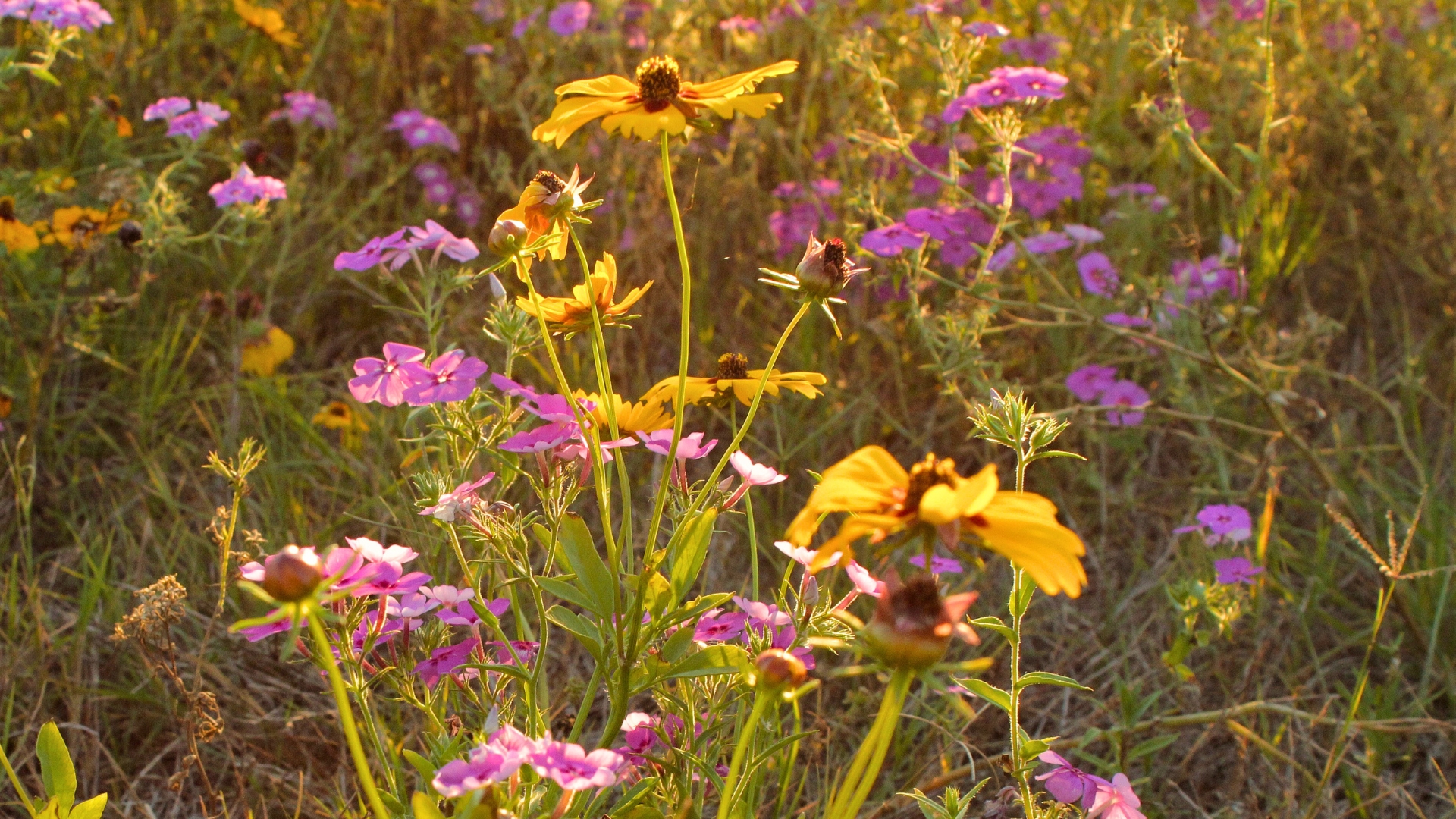These 10 Powerful Tips Will Help You Start A Native Wildflower Meadow That Thrives On Its Own
Starting a native wildflower meadow is one of the best things I’ve ever done for my garden—and my sanity. No fussy upkeep, no constant watering, just a beautiful, buzzing patch of nature doing its own thing.
If you’ve been dreaming of one too, you’re in for a treat. I’m sharing my favorite tips that made all the difference when I got started. Let’s turn that patch of lawn into something wild and wonderful!
1. Know Your Soil
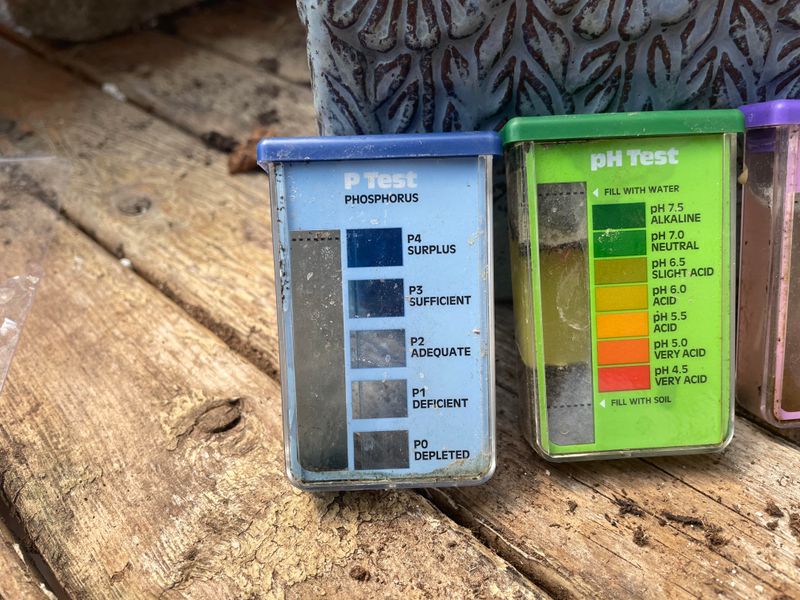
Testing your soil reveals the secret recipe for wildflower success in your specific location. Most native wildflowers prefer poor to medium-quality soil rather than rich garden dirt.
Grab a simple soil test kit from your local garden center to check pH and nutrient levels. This small step prevents future headaches and helps you select flowers that will naturally thrive without constant intervention.
2. Choose Local Natives
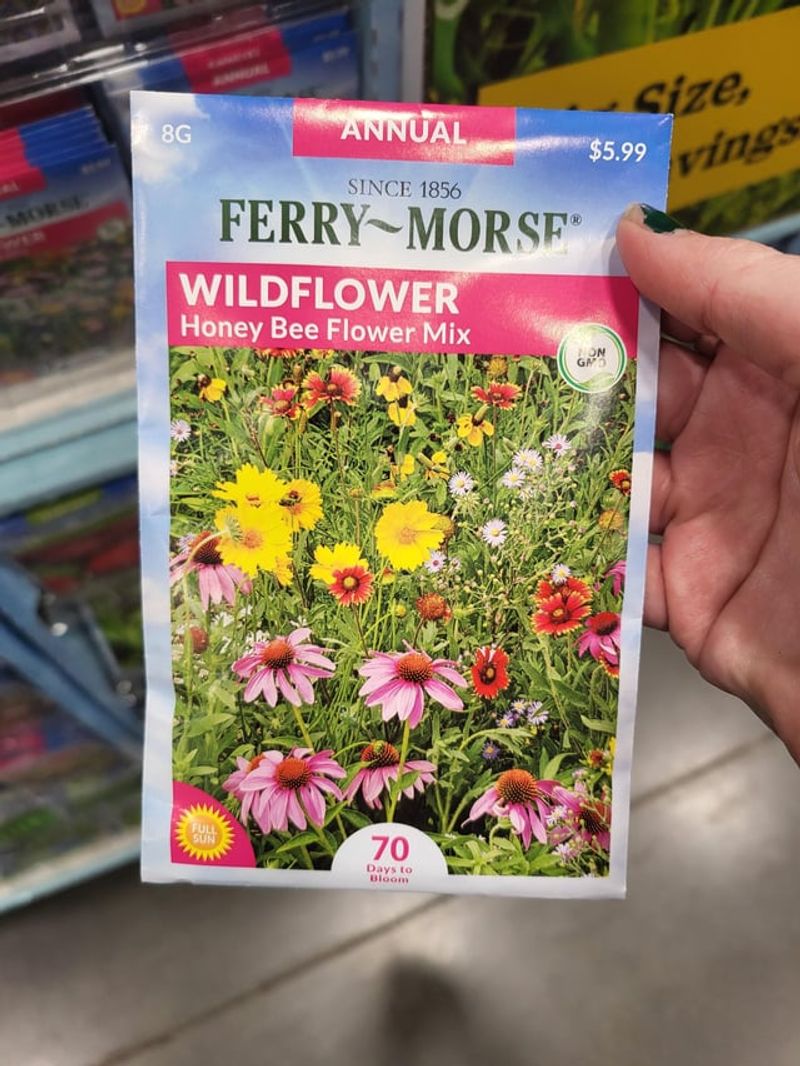
Local wildflowers have already mastered surviving in your region’s climate and conditions. They’ve evolved alongside local wildlife, creating perfect partnerships with native pollinators.
Contact your county extension office or native plant society for region-specific recommendations. These experts can provide seed mixes tailored to your exact location, ensuring plants that will flourish with minimal intervention from you.
3. Clear The Competition
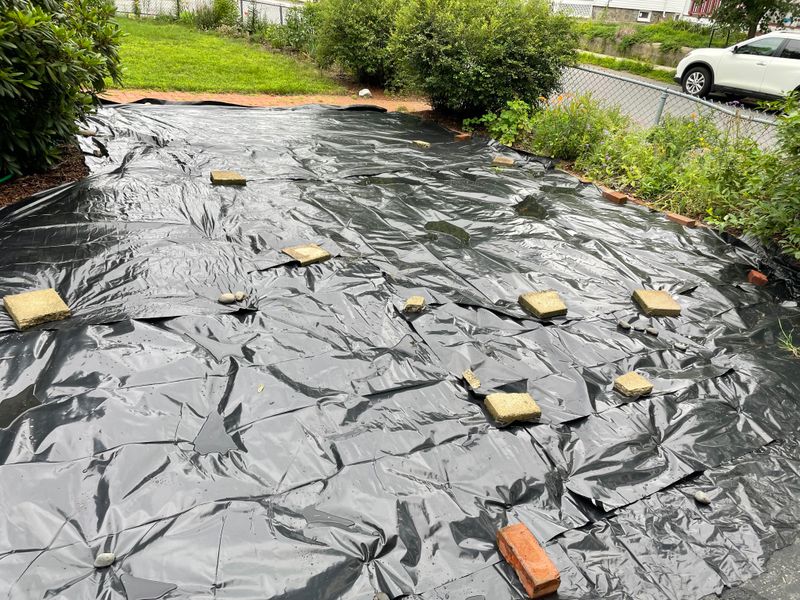
Existing grass and weeds will outcompete your wildflower seedlings if not properly removed. The most effective approach combines initial clearing with several weeks of sun-killing unwanted plants.
Cover cleared areas with black plastic for 4-6 weeks during hot weather to naturally eliminate remaining weed seeds. This patience-testing step dramatically reduces future weeding and gives your wildflowers the competitive edge they need.
4. Timing Is Everything

Fall planting mimics nature’s own seeding schedule for many wildflower species. Seeds benefit from winter’s cold stratification, which naturally breaks dormancy and triggers spring germination.
Early spring works well in regions with harsh winters. Mark your calendar based on your local climate patterns rather than following generic advice. Working with your region’s natural cycles drastically improves germination rates.
5. Scatter Seeds Strategically

Mixing seeds with sand creates visual contrast that helps distribute them evenly across your prepared area. This simple trick prevents dense clumping that would require thinning later.
Divide your seed mix and your planting area into sections to ensure complete coverage. Cross-sowing (walking in perpendicular directions) during application ensures no bare patches develop as your meadow matures.
6. Press Don’t Bury
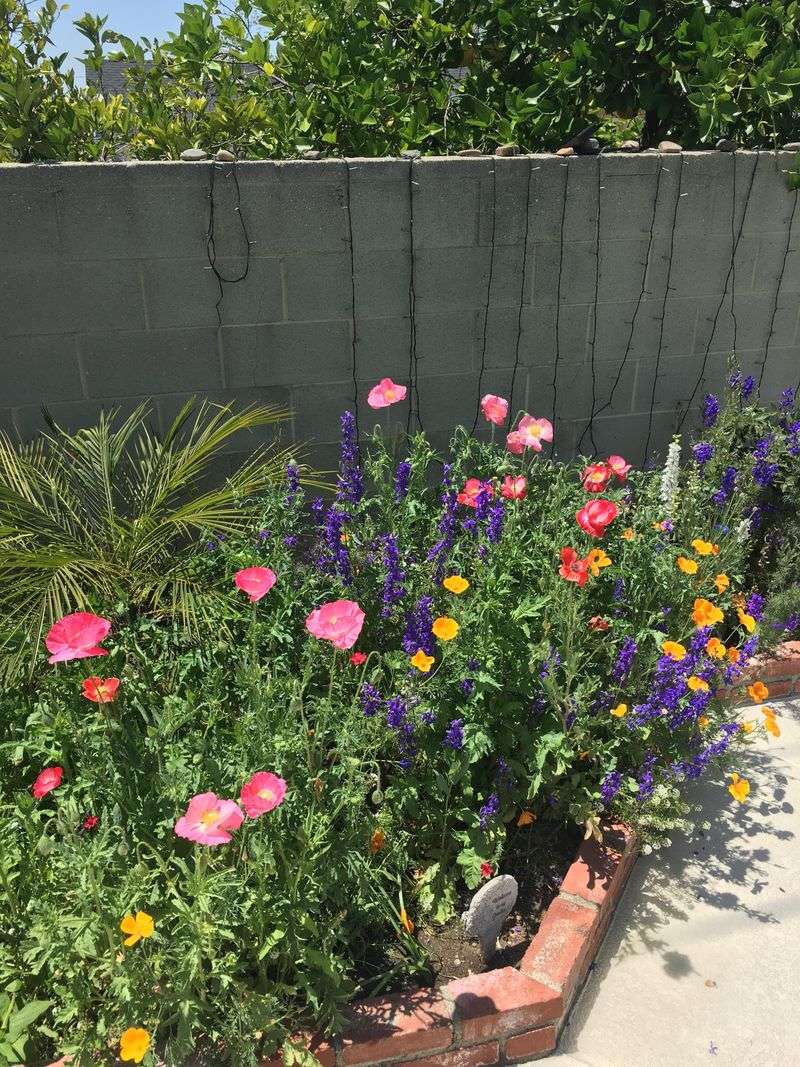
Many wildflower seeds need light to germinate and should rest right at the soil surface. Walking over freshly scattered seeds presses them into perfect contact with the soil without burying them too deep.
For larger areas, a water-filled roller or the back of a rake works wonders. This gentle pressure ensures seeds won’t blow away while still allowing them the light exposure many species require to trigger germination.
7. Water With Wisdom
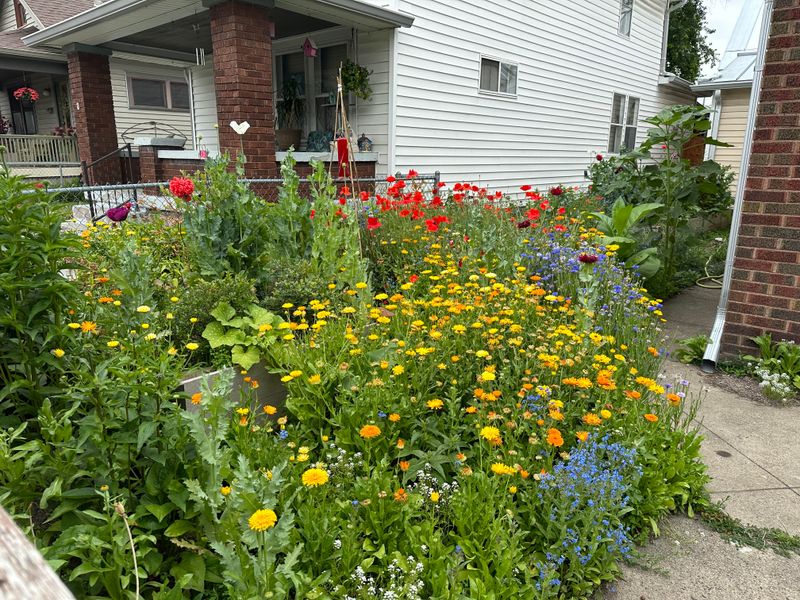
Initial establishment requires consistent moisture, but not soggy conditions. A fine mist sprinkler keeps seeds from washing away while providing the moisture needed for germination.
Once seedlings reach 4-6 inches tall, begin reducing supplemental water. This gradual weaning encourages roots to grow deeper, creating drought-resistant plants that will thrive on natural rainfall alone after their first season.
8. First-Year Mowing
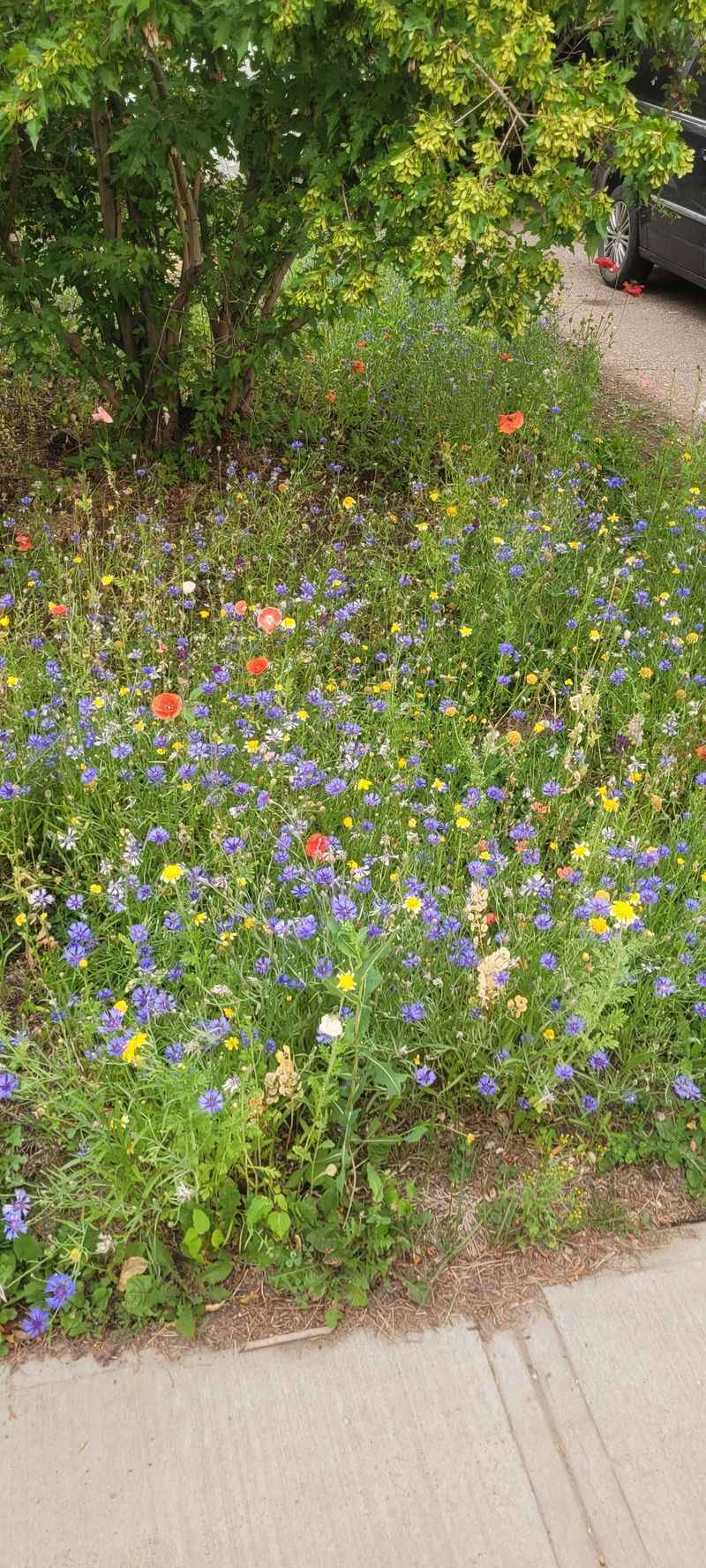
Counter-intuitively, mowing young wildflowers encourages stronger root development. Set your mower to 4-6 inches high when annual flowers finish blooming but before they set seed.
This strategic trim prevents aggressive species from dominating while encouraging perennials to establish deep roots. Skip gathering clippings – they provide natural mulch and return seeds to the soil, enhancing next year’s display.
9. Embrace Patience
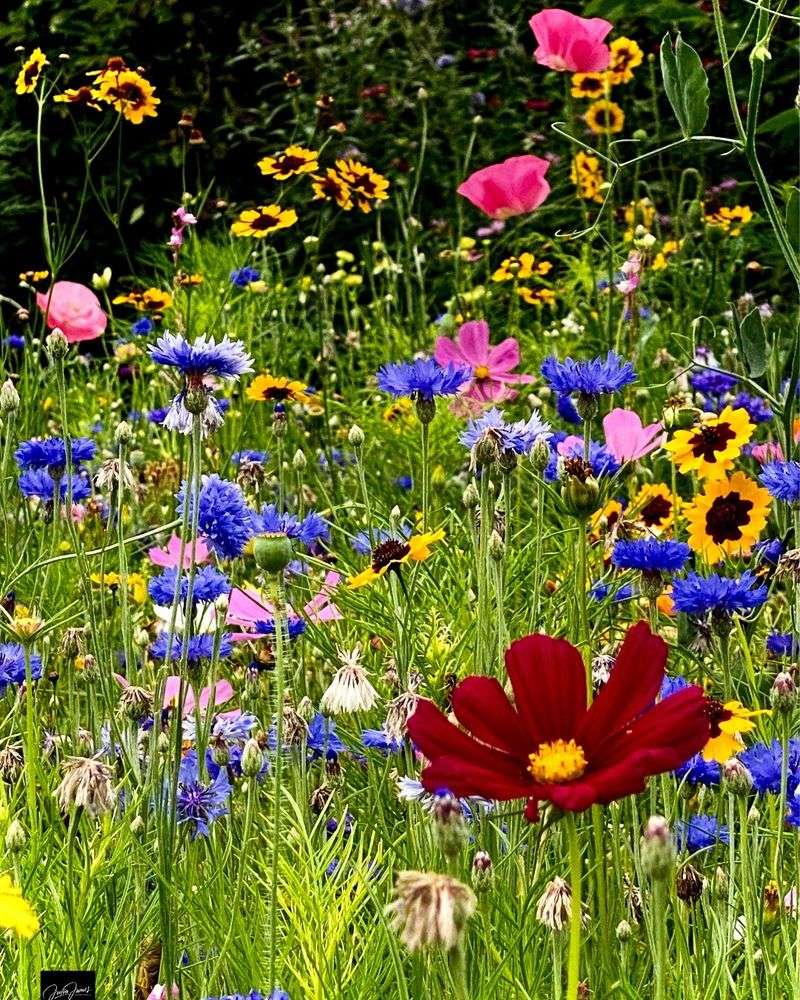
First-year meadows often disappoint with sparse blooms and seemingly slow progress. What’s happening below ground – extensive root development – matters more than immediate visual impact.
Take photos monthly to document subtle changes you might otherwise miss. Many perennial wildflowers invest in roots during year one, then deliver spectacular blooms in years two and three, rewarding those who understand this natural timeline.
10. Annual Maintenance Schedule

A single late-winter mowing mimics natural cycles and prevents woody plants from invading your meadow. Cut to about 6 inches height after several hard frosts but before spring growth begins.
Leave the clippings in place for a week to allow seeds to drop, then rake excess to prevent smothering new growth. This minimal yearly maintenance replaces the constant mowing, watering and fertilizing that traditional lawns demand.

